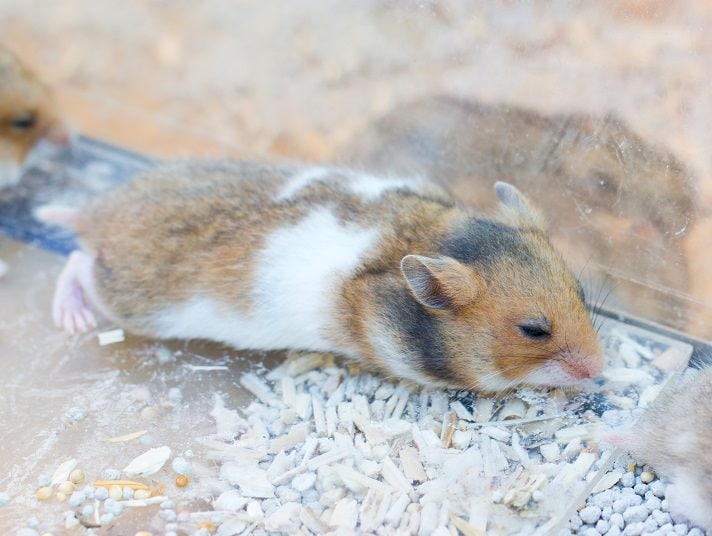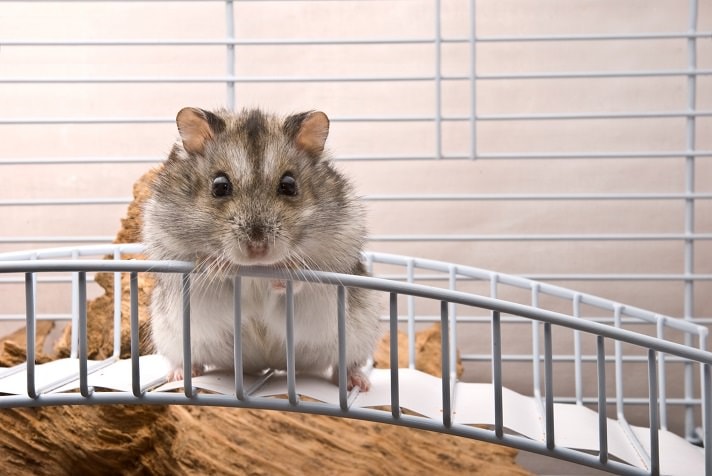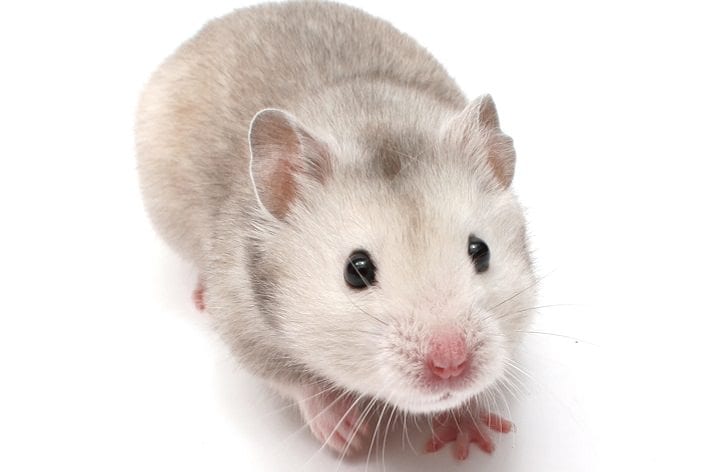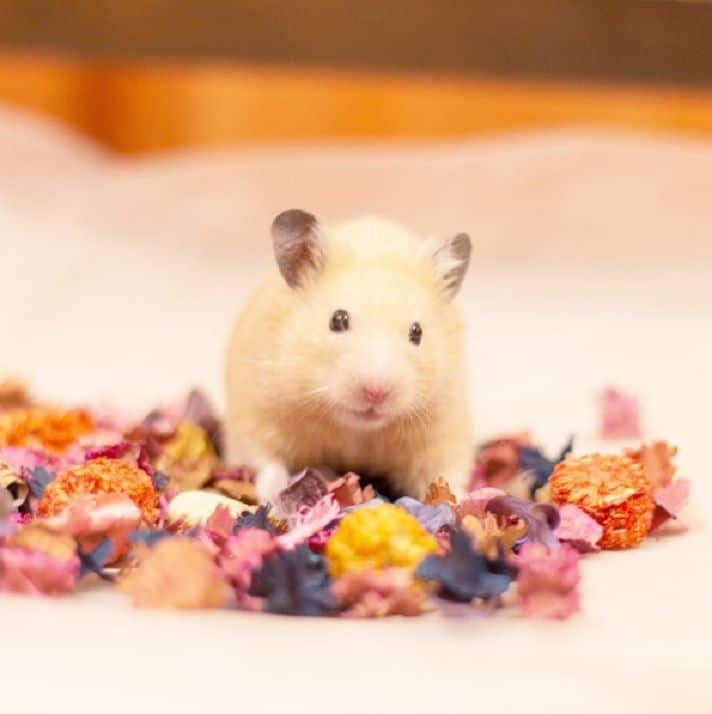Healthy hamsters normally eat well, groom themselves, run and play. They also have full, shiny coats and bright eyes.
Hamsters are sturdy little animals, but poor care, an incorrect diet and an unhealthy environment can cause illnesses and even lead to death. If you don’t know what to look for, you might miss important signs of a sick hamster.
Even if you’re on top of your hamster health knowledge and well aware of sick hamster symptoms, you may not realize you hamster feels unwell.
“Hamsters hide signs of sickness for as long as they can,” says Kristin Valdes, DVM, an exotic vet at Chicago Exotics Animal Hospital in Skokie, Ill.
Therefore, it’s critical that pet parents observe their hamster’s normal appearance and behavior so they quickly notice even subtle changes that might indicate illness. It’s also essential to know the signs of a sick hamster so you know what to look for.
Signs of a Sick Hamster
The following symptoms may indicate that your hamster feels unwell.
- Loss of appetite
- Inactivity
- Weight loss
- A dirty or matted coat
- Hair loss
- Lumps beneath the skin
- Hunched posture
- Excessive itchiness
- Sneezing
- Runny eyes or nose
- Dull eyes
- Wheezing or labored breathing
- Shaking or shivering
- Abnormal walk
- Wetness in the tail area
- Diarrhea
- Discharge from the eyes, ears or nose
Common Hamster Ailments
These are the most common problems hamsters experience, according to Dr. Valdes.
Hair Loss
If you notice your hamster’s hair thinning, consider seeing a vet.
“It could be caused by skin parasites, bacterial infections, fungal disease and allergic reactions to bedding,” Dr. Valdes says.
Diarrhea
One of the most frequent causes of diarrhea is introducing a new hamster food, including vegetables. In this case, Dr. Valdes recommends that you “stop feeding the new diet item immediately to see if the problem clears up.”
Whether the diarrhea is caused by diet or by something else, if it lasts longer than a day, contact your veterinarian.
“Diarrhea is a very serious problem,” Dr. Valdes says. “It can dehydrate and kill a small animal very quickly.”
Wet Tail
Most common in longhaired and teddy bear hamsters, wet tail is a bacterial infection that causes watery diarrhea and dehydration. Additional signs include matted tail fur, a hunched stance and irritability.
Wounds from Fighting
These territorial rodents may fight among themselves resulting in bite wounds. After separating the fighting hamsters, Dr. Valdes recommends cleaning any wounds with dilute Betadine (antiseptic solution) and contacting your veterinarian.
Tumors
To the casual observer, your hamster’s filled cheek pouches might look like abnormal growths, but this is normal behavior for these scavengers. If you find lumps and bumps in other areas of your hamster’s body, however, these swellings might be associated with abscesses or tumors, Dr. Valdes says. Consult your veterinarian for diagnosis and treatment.
Long Incisors
Like all rodents, your hamster’s front teeth (incisors) grow throughout their lives. If they are not worn down properly, they can overgrow and cause severe problems.
“The teeth can be trimmed or filed to the appropriate length under anesthesia at the veterinarian’s office,” Dr. Valdes says. “This must be done every 21-30 days when malocclusion [misalignment of the teeth] is present. Do not attempt this on your own.”
Other Causes of Hamster Ailments
In addition to improper care contributing to illness in hamsters, poor genetics and old age can factor in. Thankfully most genetic problems are bred out of hamsters naturally, Dr. Valdes says.
“Most congenital problems are self-limiting in that you will see a hamster do poorly with a genetic problem and not be able to breed or continue on their line,” she explains. “These problems are infrequently seen, although some hamsters can be genetically predisposed to diabetes.”
For aging hamsters, cancers are common, Dr. Valdes says, adding that because hamsters have a very short lifespan of about 3 years, they qualify as middle-aged at around 1-1.5 years old.
When is it Time for the Vet?
“If you notice your hamster is sick, you will want to visit the vet in the next day or so,” Dr. Valdes says. “A good rule of thumb is that a hamster that is laying on his or her side and unable to move is an emergency situation, as is a hamster that is gasping to breathe. If you are not sure, call your veterinarian, and they will let you know if you need to come in right away.”
Hamsters are stealth at hiding their illnesses for as long as possible. So, any time you are concerned that you are seeing signs of a sick hamster, such as a change in your pet’s appearance or behavior, schedule an appointment with your vet.
By: Sandy Chebat
Featured Image: Via pisit38/iStock/Thinkstock
Share:









